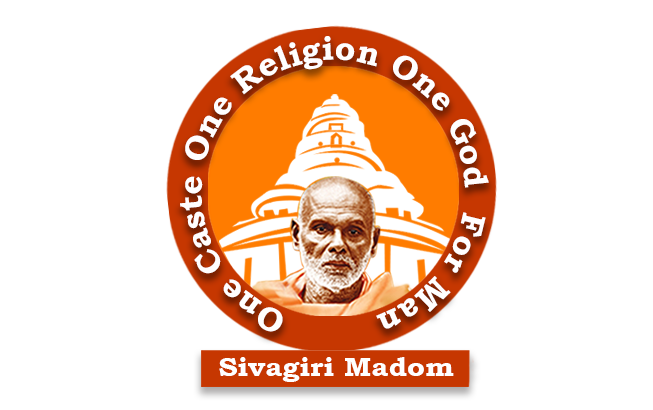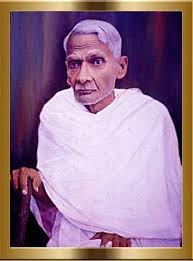



Kunhiraman was born on February 6, 1871, at Mayyanad in Kollam district of the south Indian state of Kerala to Vasudevan of Njarakkal house, an astrologer and magician, and Kunjichali of Kallumpurathu house. After early education at Mayyanad L. M. S. School, he joined the Government High School, Kollam but had to discontinue studies after 8th standard and started his career at the Forest department in 1893 as a clerk during which time he resumed his studies to pass the teachers' examination to become a teacher in 1894 at Vellamanal School, Mayyanad. He taught at a number of schools at Kollam, Kadakkavoor, Kayikkara and Paravur before returning to Vellamanal school by which time he had passed the lawyers' examination and resigned from the school in 1913 to take up the career of a lawyer by practising at the Magistrate Court at Paravur. In between, he founded Kerala Kaumudi daily in 1911 and later, he shifted his base to Kollam, after quitting his career as a lawyer, resuscitated Kerala Kaumudi daily in 1920 with the assistance of his son, K. Sukumaran. His early journalistic articles were published in Sujananadini, run by Paravoor Kesavan Asan, where he became a sub-editor in due course and wrote poems and articles, mostly on social affairs.
Kunhiraman was married to Kunjikkavu and the couple had two sons, K. Sukumaran and K. Damodaran and a daughter, Vasanthi, who was married to C. Kesavan, former chief minister of Travancore-Cochin. He died on April 10, 1949, at the age of 78.
Kunhiraman was a close associate of Narayana Guru and an active participant in the intellectual and social activities of Sivagiri Mutt. He was one of the leaders of the Vaikom Satyagraha, a social protest against untouchability, centred around the Shiva temple at Vaikom during 1924–25. He continued to be a part of the agitation which resulted in the Temple Entry Proclamation of 1936. He was a part of the Sree Narayana Dharma Paripalana Yogam and served as its general secretary during 1928–29 and 1931–32. He started a school for low caste Hindus at Vellamanal, Mayyanad, Quilon and became its headmaster. He was also a member of the Sree Moolam Popular Assembly.